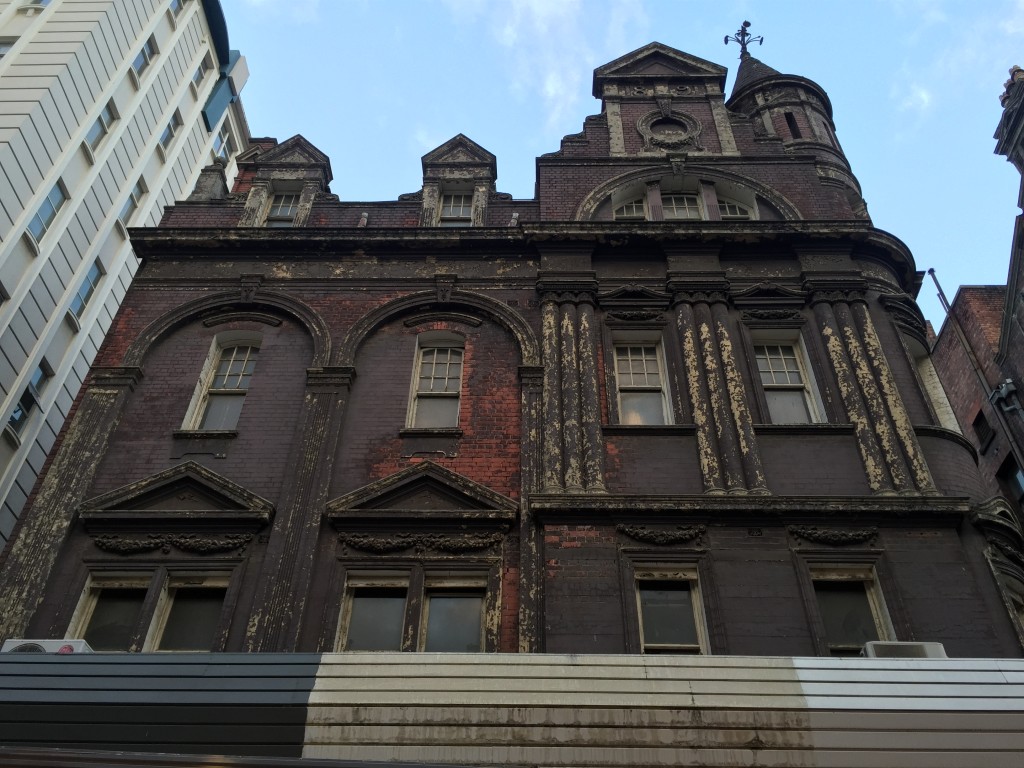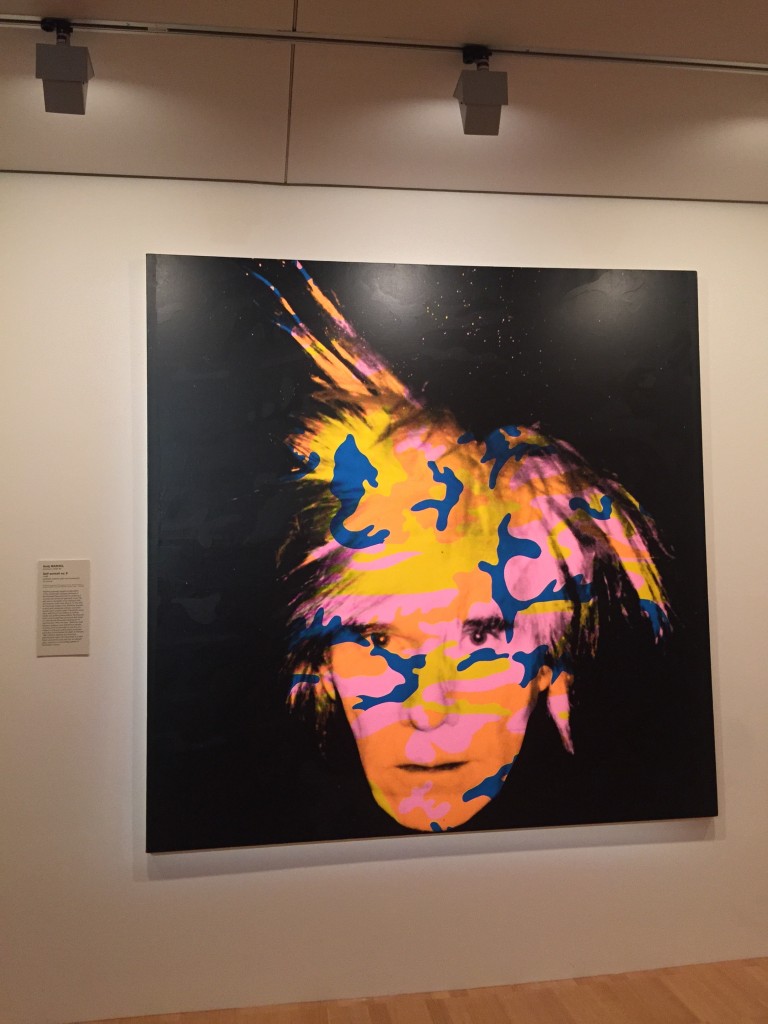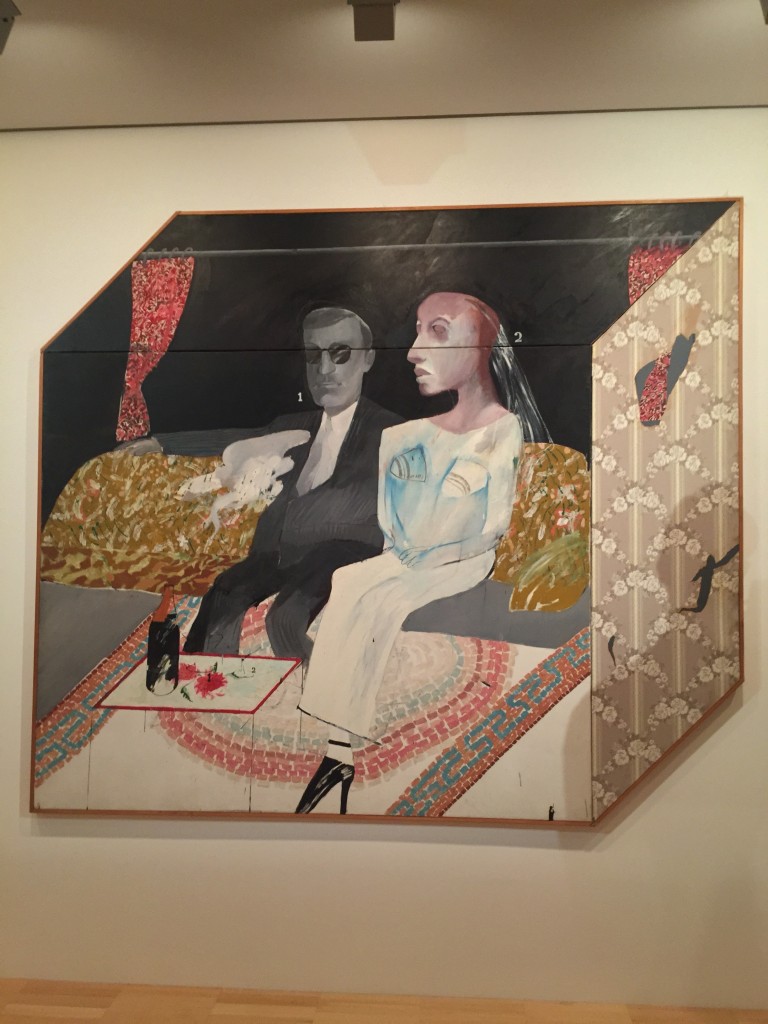I love the sixties.
I love Shanghai and postmodern Hong Kong culture.
I love the colour red.
I love bitter-sweet movies with melancholic tones.
Add all this together, and Wong Kar-Wai’s film, ‘In The Mood For Love’ was the perfect way to spend a Tuesday afternoon.
Su and Chow, both married, begin an unforgettable bond as each of their spouses are suspected of having extramarital affairs.
 The camera work throughout the film is extraordinary as there is constant movement from beginning to end. Composed like a romantic Waltz, the camera is hardly ever completely still, showing mesmerising motion and hypnotic rhythm between the two characters and the world around them. Even their conversation, though basic and friendly, go back-and-forth like two partners would in a dance.
The camera work throughout the film is extraordinary as there is constant movement from beginning to end. Composed like a romantic Waltz, the camera is hardly ever completely still, showing mesmerising motion and hypnotic rhythm between the two characters and the world around them. Even their conversation, though basic and friendly, go back-and-forth like two partners would in a dance.
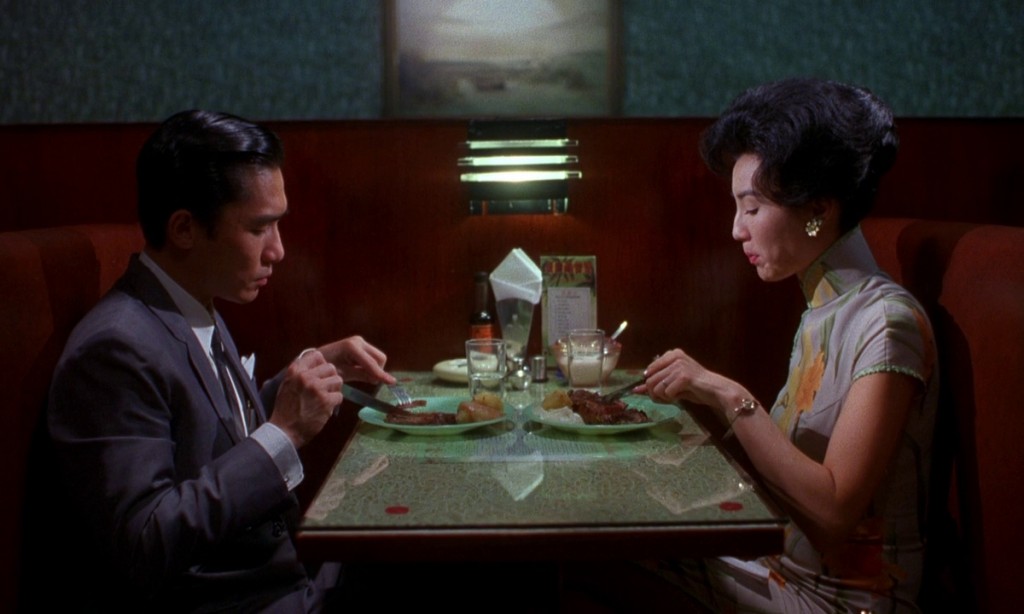 I was able to naturally find many symbolism in the film from set, to colour, to camera angles. Many of the pans and tilts the camera does are purposely done to emphasise the shape of the woman’s body. Each time Chow lights a cigarette, the camera focuses solely on the smoke and the way it flirtatiously swirls around the air. This gave me the impression that the wavy smoke, playfully dancing in the air in slow motion represented the curvy lines of Su’s body moving in slow motion. Did this mean every time Chow smoked, he was thinking of Su?
I was able to naturally find many symbolism in the film from set, to colour, to camera angles. Many of the pans and tilts the camera does are purposely done to emphasise the shape of the woman’s body. Each time Chow lights a cigarette, the camera focuses solely on the smoke and the way it flirtatiously swirls around the air. This gave me the impression that the wavy smoke, playfully dancing in the air in slow motion represented the curvy lines of Su’s body moving in slow motion. Did this mean every time Chow smoked, he was thinking of Su?
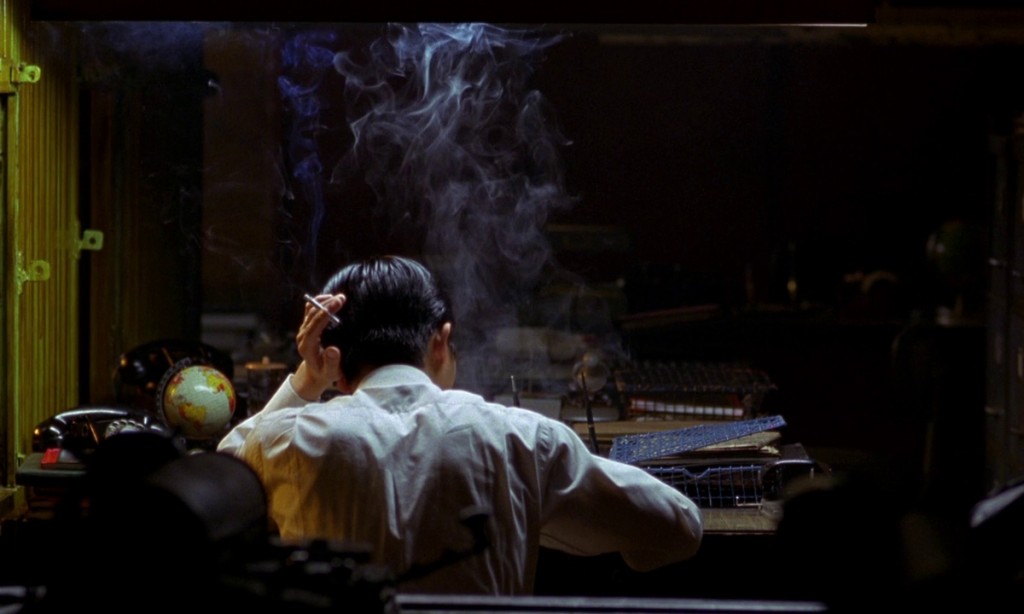 There are many bright and eccentric colours in the film. There is never a dull frame. One of the main colours shown throughout is red. Red can have many connotations; love, lust, passion, temptation, tension, wrong-doing, sin. The blossoming colours and floral prints can also be interpreted as the “blossoming” of Su and Chow’s new relationship.
There are many bright and eccentric colours in the film. There is never a dull frame. One of the main colours shown throughout is red. Red can have many connotations; love, lust, passion, temptation, tension, wrong-doing, sin. The blossoming colours and floral prints can also be interpreted as the “blossoming” of Su and Chow’s new relationship.
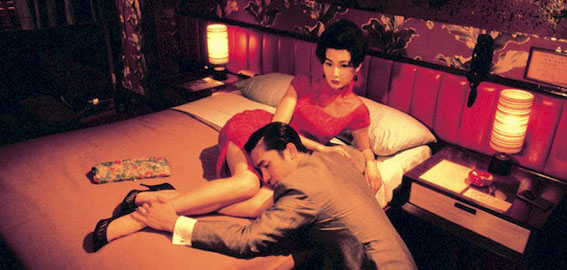 In most of the opening scenes, frames are never clearly shown – always with walls, doors or shadows covering either a quarter or even half of the frames. The theme of shadow and darkness plays consistently throughout the movie, acting as a metaphor for what the two main characters are doing would be deemed undesirable to society, so they have to come and go in darkness and in shadows. A sense of entrapment can also be analysed. Trapped within a pointless marriage and trapped within the morals in which restrict them from being together.
In most of the opening scenes, frames are never clearly shown – always with walls, doors or shadows covering either a quarter or even half of the frames. The theme of shadow and darkness plays consistently throughout the movie, acting as a metaphor for what the two main characters are doing would be deemed undesirable to society, so they have to come and go in darkness and in shadows. A sense of entrapment can also be analysed. Trapped within a pointless marriage and trapped within the morals in which restrict them from being together.
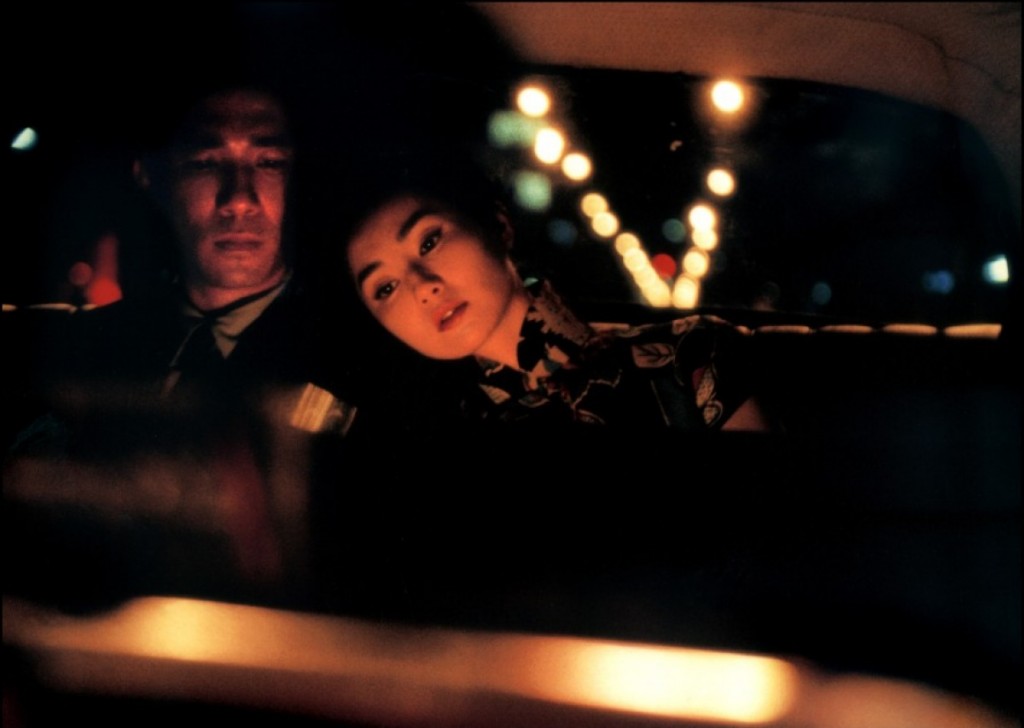 Slow motion is a manipulation of time, and this technique, together with the repetition of romantic violin music, made it seem like most of the film was in a single, unbroken take. Everything is emphasised when it is slowed down. The main idea that was highlighted was the sense of time, longing, and waiting. Waiting for their partners to come home. Waiting for each other. Waiting for the other person to make a move. It is once again like a dance. A dance around their spouses. A dance around the people near them. And a dance around each other.
Slow motion is a manipulation of time, and this technique, together with the repetition of romantic violin music, made it seem like most of the film was in a single, unbroken take. Everything is emphasised when it is slowed down. The main idea that was highlighted was the sense of time, longing, and waiting. Waiting for their partners to come home. Waiting for each other. Waiting for the other person to make a move. It is once again like a dance. A dance around their spouses. A dance around the people near them. And a dance around each other.

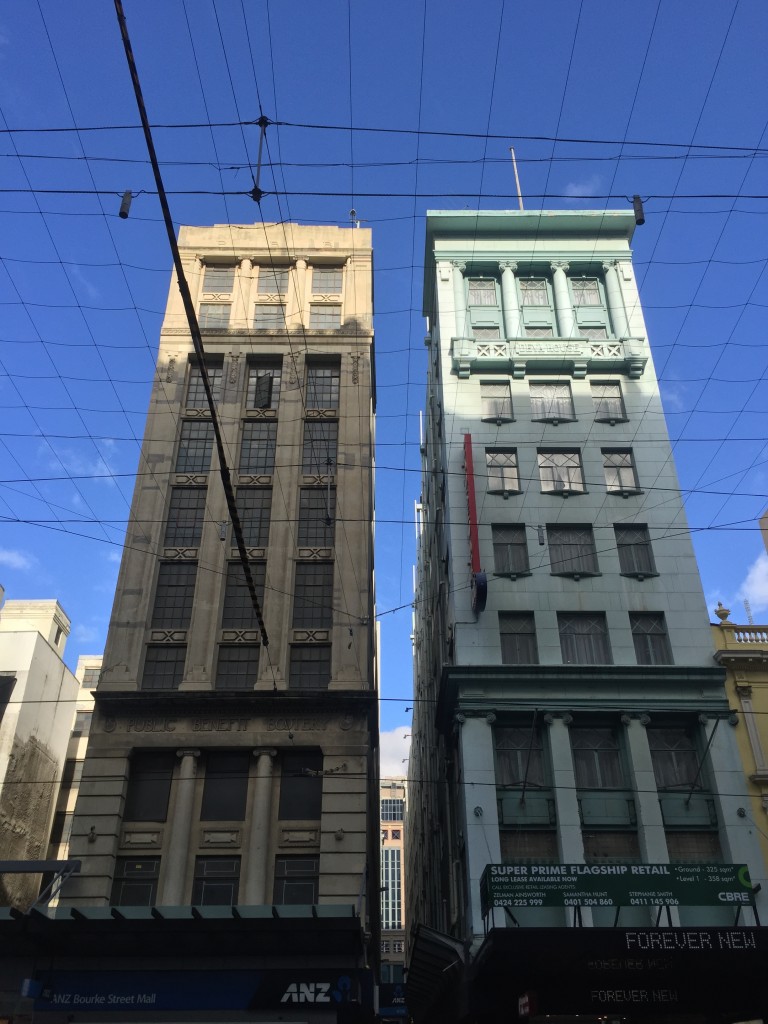
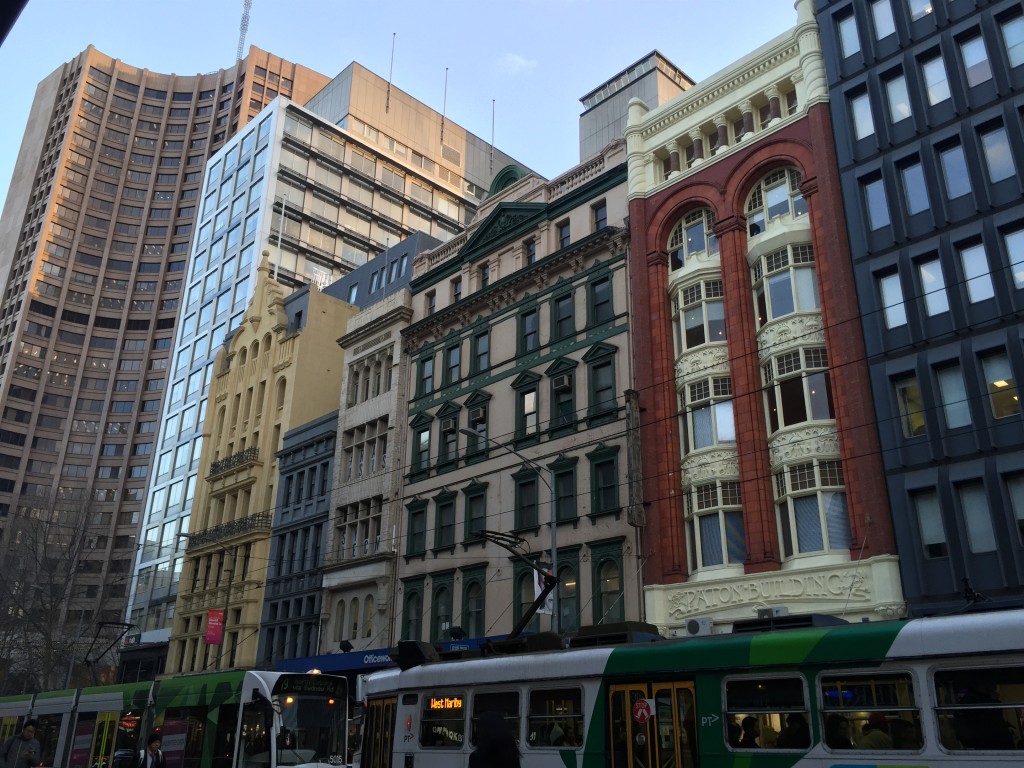
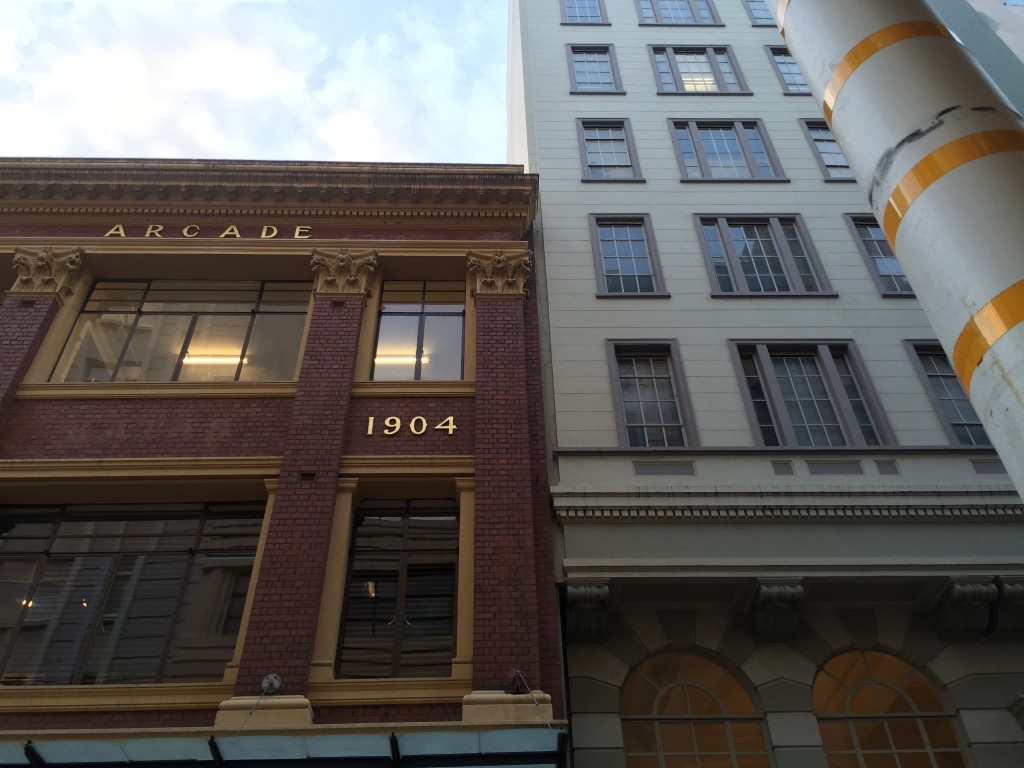 I tried not to capture buildings that would be categorised as “popular” or “tourist attractions” like Flinders Street Station or Federation Square. I was going for the more… “unconventional” looks of Melbourne.
I tried not to capture buildings that would be categorised as “popular” or “tourist attractions” like Flinders Street Station or Federation Square. I was going for the more… “unconventional” looks of Melbourne.